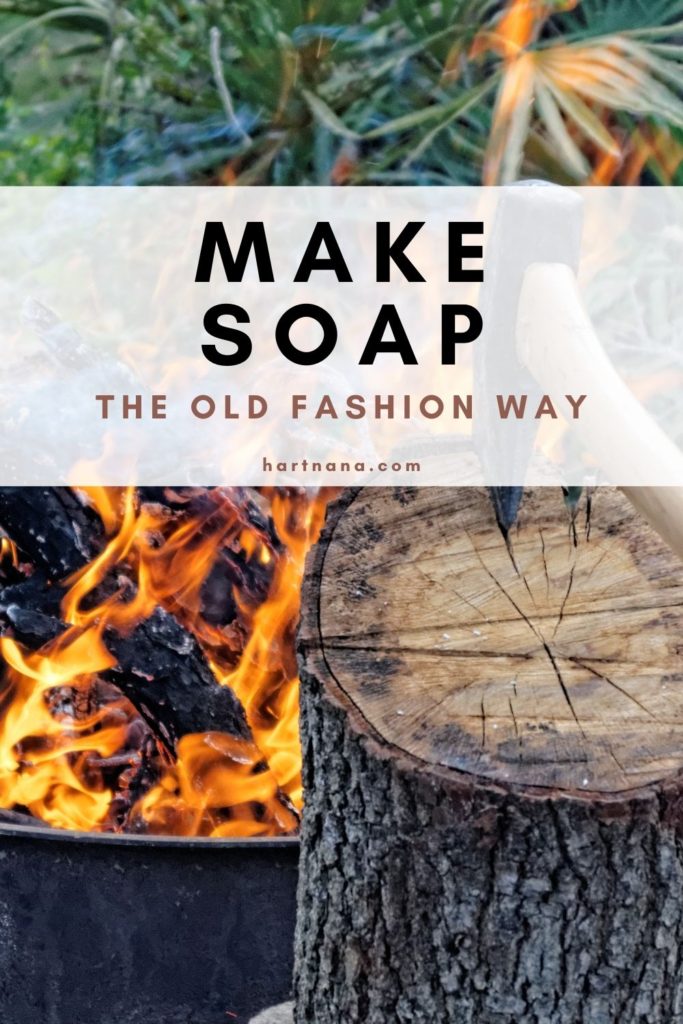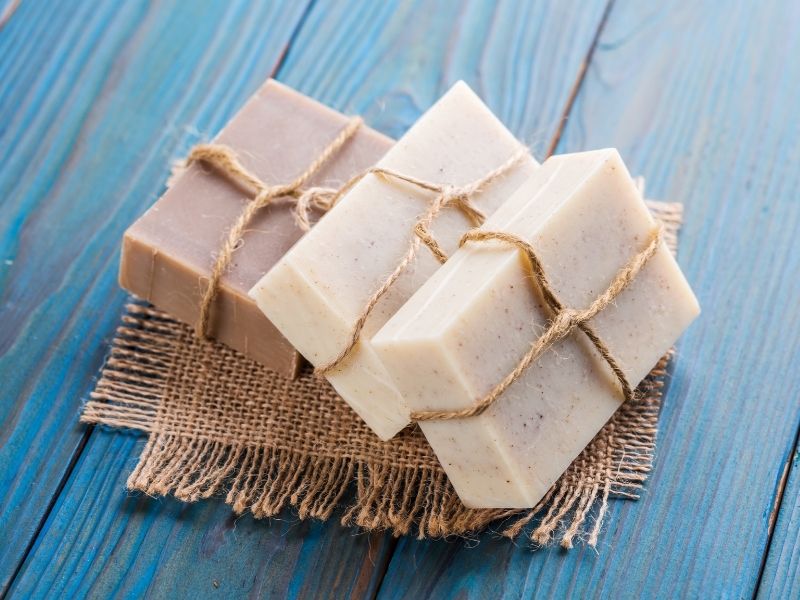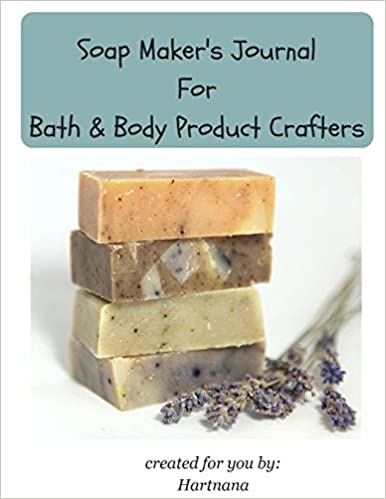Before the days of Amazon, or even the local grocer people were making soap the old fashion way. While it is easy today to run to the store and grab a bar or two or even make it yourself, the day may come when you need this survival skill.
What You Need to Make Soap the Old Fashion Way
Really you only need a couple things to make soap the old fashion way.
- Buckets
- Hardwood ash
- Rainwater
- Stones
- Rendered fat
The Process to Create Lye
While today you may purchase lye on Amazon, if there comes a time when you need to make your own, keep this process in mind.
First you need to burn a good chunk of hard wood. Here’s a list to get you started:
- Oak
- Maple
- Walnut
- Mahagany
- Cherry
- Ash
- Hickory
- Beech
- Elm
- Teak
- Poplar
- Alder
- Pecan
- Birch
Look around your area so you can find the right type of tree to burn to collect the ashes to make lye with. Not all trees grow in all areas!
After you have burned the wood down to white ash, collect those ashes in a bucket with holes in the bottom and lined with stones.
Preparing the Water
Rainwater is the best water to use for this process. So be sure to collect a gallon or so in a bucket before you prepare your ashes.
Making the Lye Water
Stack the bucket with ashes & holes over another bucket to catch the water that gets poured through the ash. Put enough ash in the bucket to come up to about 4 inches from the top of the bucket. Heat up the rainwater (But don’t boil) Pour the rainwater through the bucket with ash and let it collect in the bucket under the ash & holes bucket.
This should be a brownish color. Let this stand for several hours or overnight. Keep repeating this process using the lye water instead of rainwater until no more brownish colored water leaches from the ashes. You need to filter multiple times to get a strong lye. The old-fashioned way to tell you if your lye is ready is to see it a chicken feather dissolves in it. Another way to tell if your lye is ready is to see if an egg will float in it – but the egg must be fresh. Old eggs, that have gone bad will float in regular water.
Another way to strengthen the lye water is to concentrate it by boiling it down.

Preparing the Fat
In the old days people rendered pig fat or beef tallow for making soap. And in a pinch, you can do this too. The result is a much harsher soap that won’t lather all that well. Vegetable oil, coconut oil and olive oil are great oils for making soap. However, not having access to these might mean you have to make do with animal fat.
You will want to melt the fat first and skim out any particles of meat. Strain it to get the cleanest fat possible.
Making Soap the Old Fashion Way
The ratio is 1:3 – One cup of lye water to 3 cups of fat. Once you have the oil and the lye water around the same temperature (Between 80 and 130 degrees Faren height), slowly add the lye water to the melted fats and stir. Mix briskly until the solution starts to thicken. It will look like pudding – this is called “trace”. Now you can pour the soap into your wood mold.
Cover with blankets or old towels and leave at room temperature for about 24 hours. After that you can remove from mold and let sit to continue hardening. You can use this type of cold process soap after 2 days, but the quality will improve over time.
Making it Your Own
As with most types of soap you can add your own “stuff”. I like to add lavender buds, coffee grounds, ground up oatmeal, ground up orange peals, geranium or even bergamot to enhance the quality of the soap. Just because you are in survival mode doesn’t mean you stop wanting the good stuff right?

A Final Note on Making Old Fashion Soap
This is a skill. And like all skills practice makes perfect – well practicing perfectly makes perfect. Why not try this method, now, while you can still purchase soap or make it using store-bought ingredients? Be sure to share your results in the comments below!


 Find this on Amazon:
Find this on Amazon: